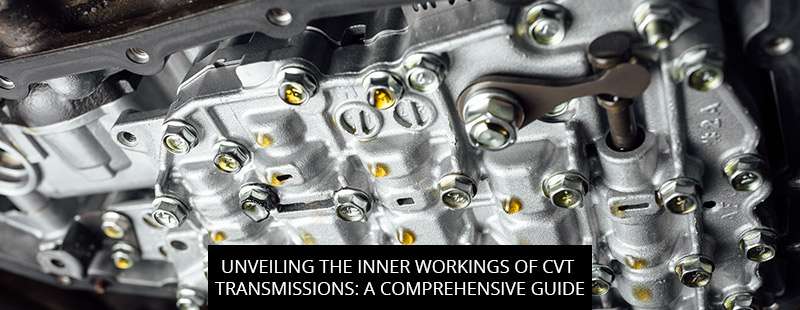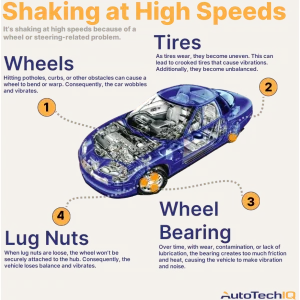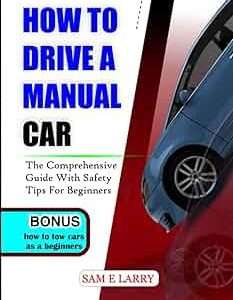What is a CVT Transmission?
CVT stands for Continuously Variable Transmission. It’s a type of automatic transmission that provides seamless gear changes. Unlike traditional automatic transmissions with fixed gears, a CVT uses a belt and pulley system. This allows for an infinite number of gear ratios within a specific range. This results in smoother acceleration and often better fuel economy. It’s a clever design.
CVTs are becoming increasingly popular in modern vehicles. They offer a unique driving experience.
Which Cars Have a CVT Transmission?
Many manufacturers now offer vehicles with CVT transmissions. Here are some examples, but this is not an exhaustive list:
- Nissan: Altima, Rogue, Sentra, Versa
- Honda: Civic, CR-V, HR-V, Accord (some trims)
- Subaru: Impreza, Crosstrek, Outback, Forester
- Toyota: Corolla, Prius, C-HR
- Mitsubishi: Outlander, Mirage
It’s always best to check the specific model year and trim level. Transmission options can vary.
Frequently Asked Questions (FAQ)
Are CVT transmissions reliable?
Reliability varies depending on the manufacturer and model. Some CVTs have had issues with longevity. Proper maintenance, including regular fluid changes, is crucial. Research the specific CVT model in the car you’re considering. A well-maintained CVT can last a long time. However, some models are known to be problematic.
Do CVT transmissions offer good fuel economy?
Generally, yes. The ability to constantly adjust the gear ratio allows the engine to operate at its most efficient point. This leads to improved fuel economy compared to traditional automatic transmissions. However, driving style can still significantly impact fuel consumption.
Are CVT transmissions expensive to repair?
Repair costs can be higher than for traditional automatic transmissions. This is because CVT components are often more specialized. It’s important to find a mechanic experienced with CVT repairs. Preventative maintenance is key to avoiding costly repairs.
The Driving Experience with a CVT
The driving experience with a CVT can be quite different from a traditional automatic. One of the most noticeable differences is the lack of distinct gear shifts. Instead, the engine RPMs often rise and stay relatively constant during acceleration. This can feel a bit unusual at first, as it doesn’t provide the same sensation of “gearing up” that you get with a conventional transmission. Some drivers find it smooth and efficient, while others miss the more engaging feel of a traditional automatic or manual transmission.
Modern CVTs are often programmed to simulate gear shifts. This is done to provide a more familiar driving experience. These simulated shifts can make the CVT feel more like a traditional automatic. However, the underlying technology remains the same.
Interesting Fact: Some high-performance cars are even experimenting with CVT technology, albeit with significant modifications to handle the increased power and torque.
CVT Transmission Maintenance
Proper maintenance is crucial for the longevity of a CVT. The most important aspect of maintenance is regular fluid changes. The recommended interval for fluid changes varies depending on the manufacturer and driving conditions. Consult your owner’s manual for specific recommendations. Using the correct type of fluid is also essential; Using the wrong fluid can damage the transmission.
- Regular Fluid Checks: Monitor the fluid level and condition regularly.
- Scheduled Fluid Changes: Adhere to the manufacturer’s recommended service intervals.
- Use the Correct Fluid: Always use the fluid specified by the manufacturer.
- Avoid Harsh Driving: Aggressive acceleration and braking can put extra strain on the CVT.
Ignoring maintenance can lead to premature wear and costly repairs. A little preventative care can go a long way.
The Future of CVT Transmissions
CVT technology is constantly evolving. Manufacturers are working to improve the efficiency, reliability, and driving experience of CVTs. We can expect to see further advancements in the coming years. These advancements may include improved belt materials, more sophisticated control systems, and integration with hybrid and electric powertrains. The future looks bright for CVT technology.
One area of focus is reducing the “rubber band” feel that some drivers dislike. This is being addressed through improved control algorithms and the use of simulated gear shifts. Another area of development is increasing the torque capacity of CVTs. This will allow them to be used in larger and more powerful vehicles.
CVT transmissions offer a unique blend of efficiency and smoothness. They are a popular choice for many modern vehicles. Whether a CVT is right for you depends on your individual needs and preferences. Consider your driving style, fuel economy priorities, and tolerance for the unique driving feel of a CVT. Test driving a car with a CVT is the best way to determine if it’s a good fit for you.
Weigh the pros and cons carefully. Research the specific CVT model in the car you’re considering. And remember, proper maintenance is key to ensuring the longevity of any transmission, including a CVT. Ultimately, the best transmission is the one that meets your needs and provides a satisfying driving experience.





